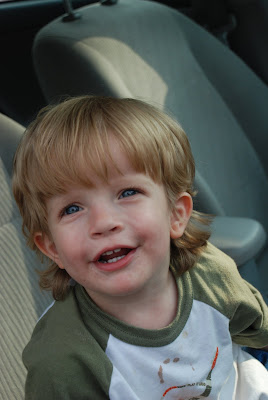 Weather Project Tate Modern, London, 2003.
Weather Project Tate Modern, London, 2003.In 2003 he started a Project titled "The Weather Project" as part of the popular Unilever series. The installation filled the open space of the gallery's Turbine Hall. He Created a fine mist in the air via a mixture of sugar and water.hundreds of lamps which radiated single frequency yellow light. The ceiling of the hall was covered with a huge mirror, in which visitors could see themselves as tiny black shadows against a mass of orange light.
Here is other pieces of art work by Olafur Eliasson.
Here is other pieces of art work by Olafur Eliasson.
 ‘Beauty’ (1993)
‘Beauty’ (1993)
Berlin Colour Sphere,
2006, Boros Collection
 Serpentine Gallery Pavilion 2007
Serpentine Gallery Pavilion 2007by Olafur Eliasson and Kjetil Thorsen
24 August – 5 November 2007
 Serpentine Gallery Pavilion 2007
Serpentine Gallery Pavilion 2007by Olafur Eliasson and Kjetil Thorsen
24 August – 5 November 2007
Today Olafur Eliasson has embarked on an international tour to The Museum of Modern Art, and P.S.1. Contemporary Art Center, New York, 2008; The Dallas Museum of Art, Dallas, Texas, 2008-09. It is currently on view at the Museum of Contemporary Art, Chicago, 2009. In 2009-2010 the exhibition will be on view at Museum of Contemporary Art, Sydney.










